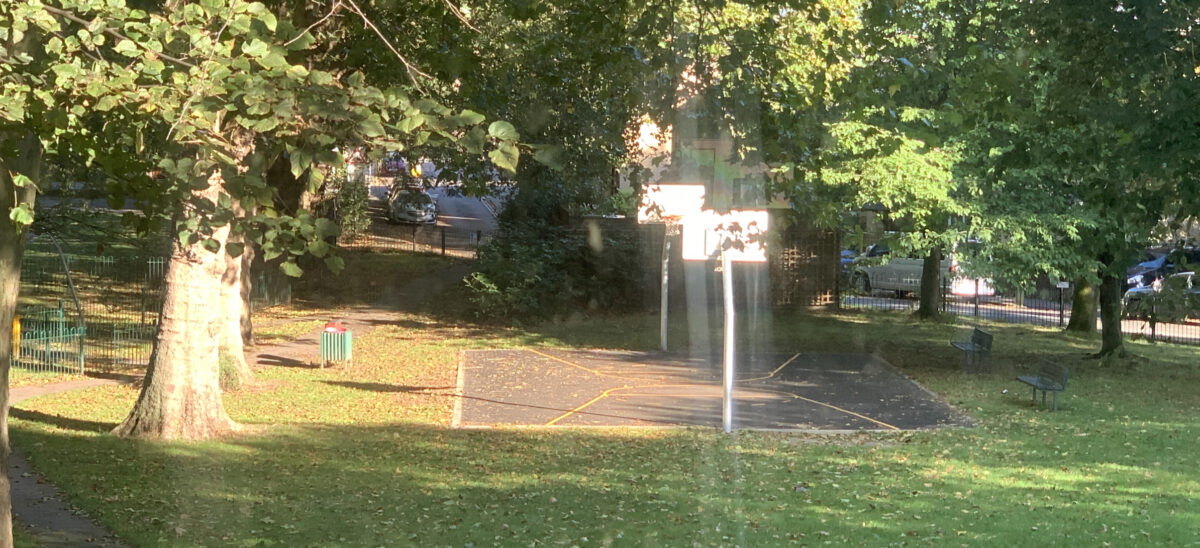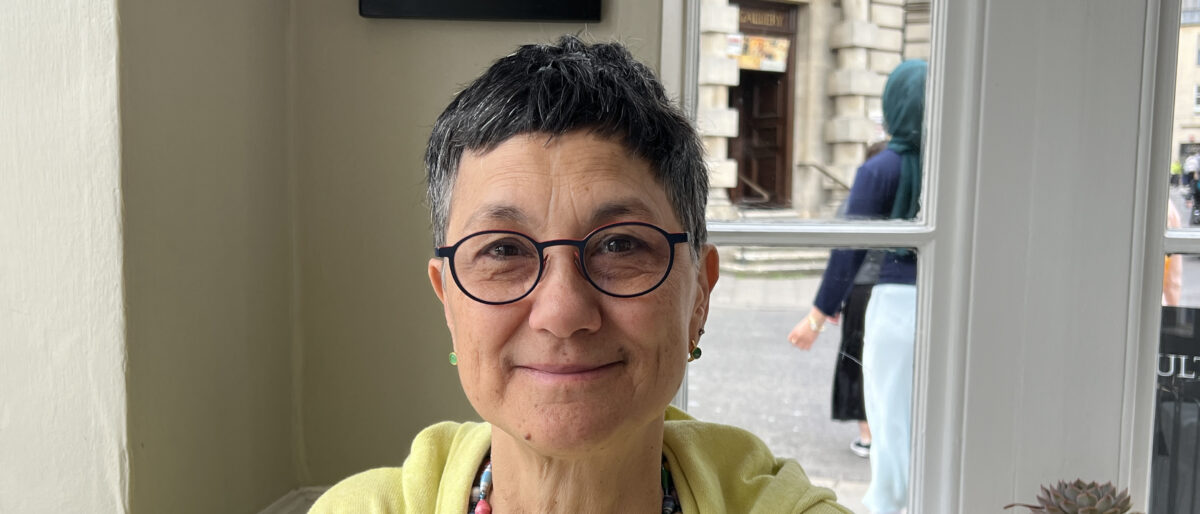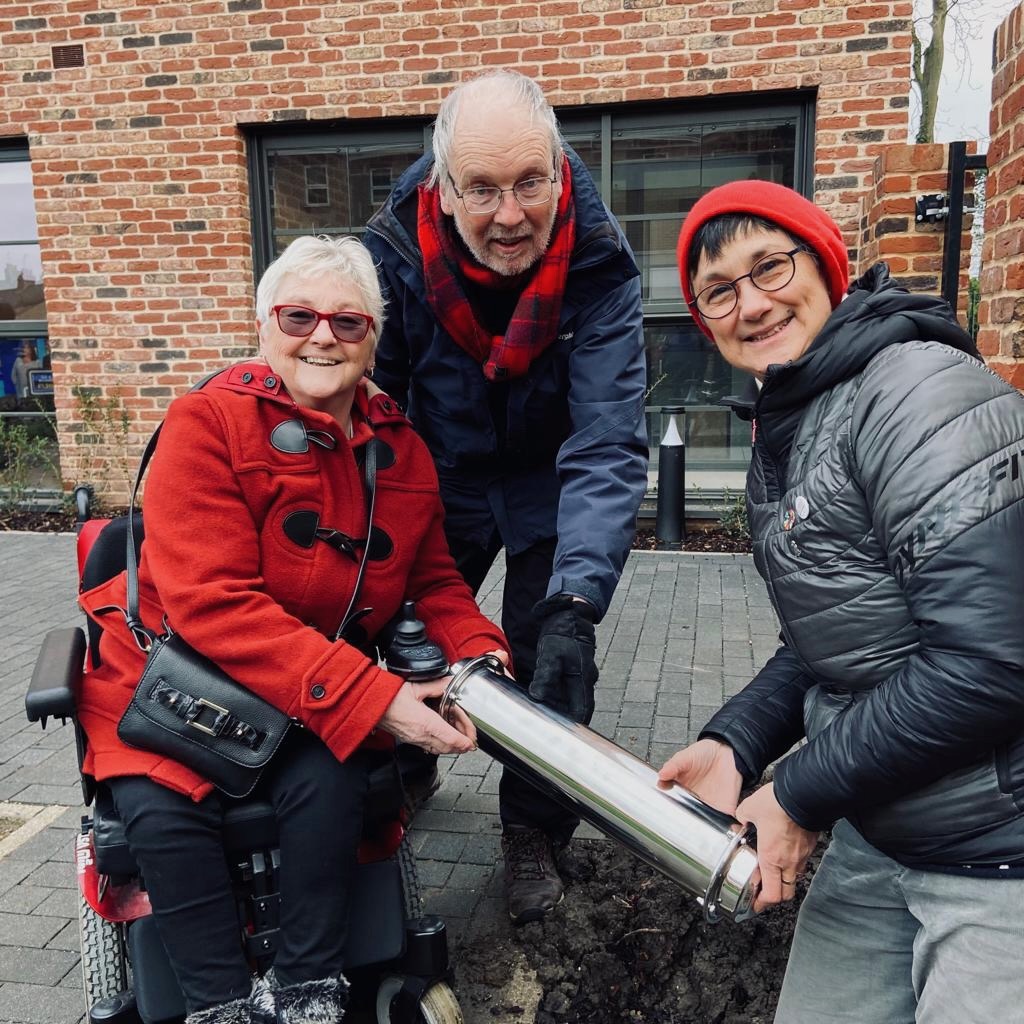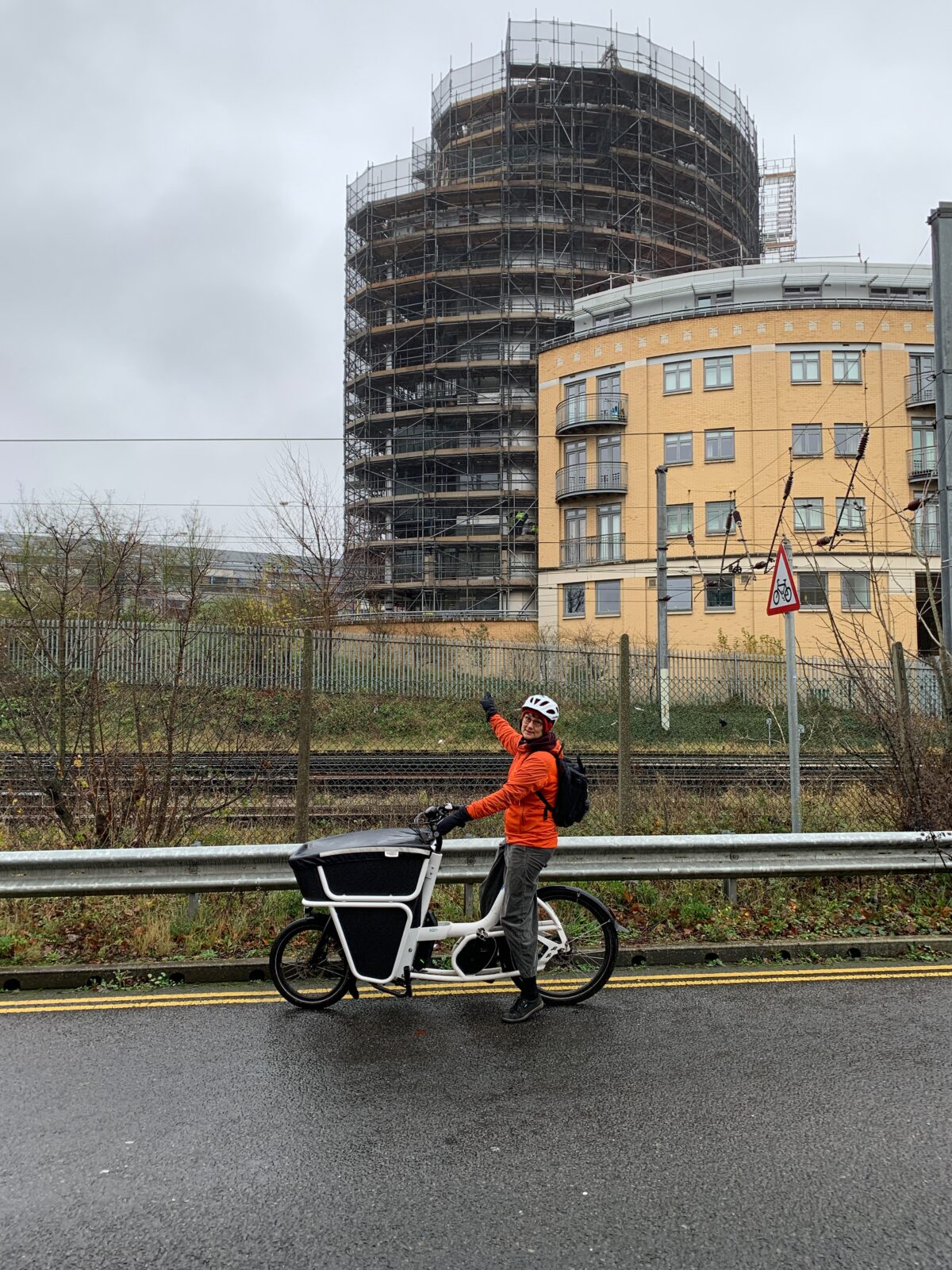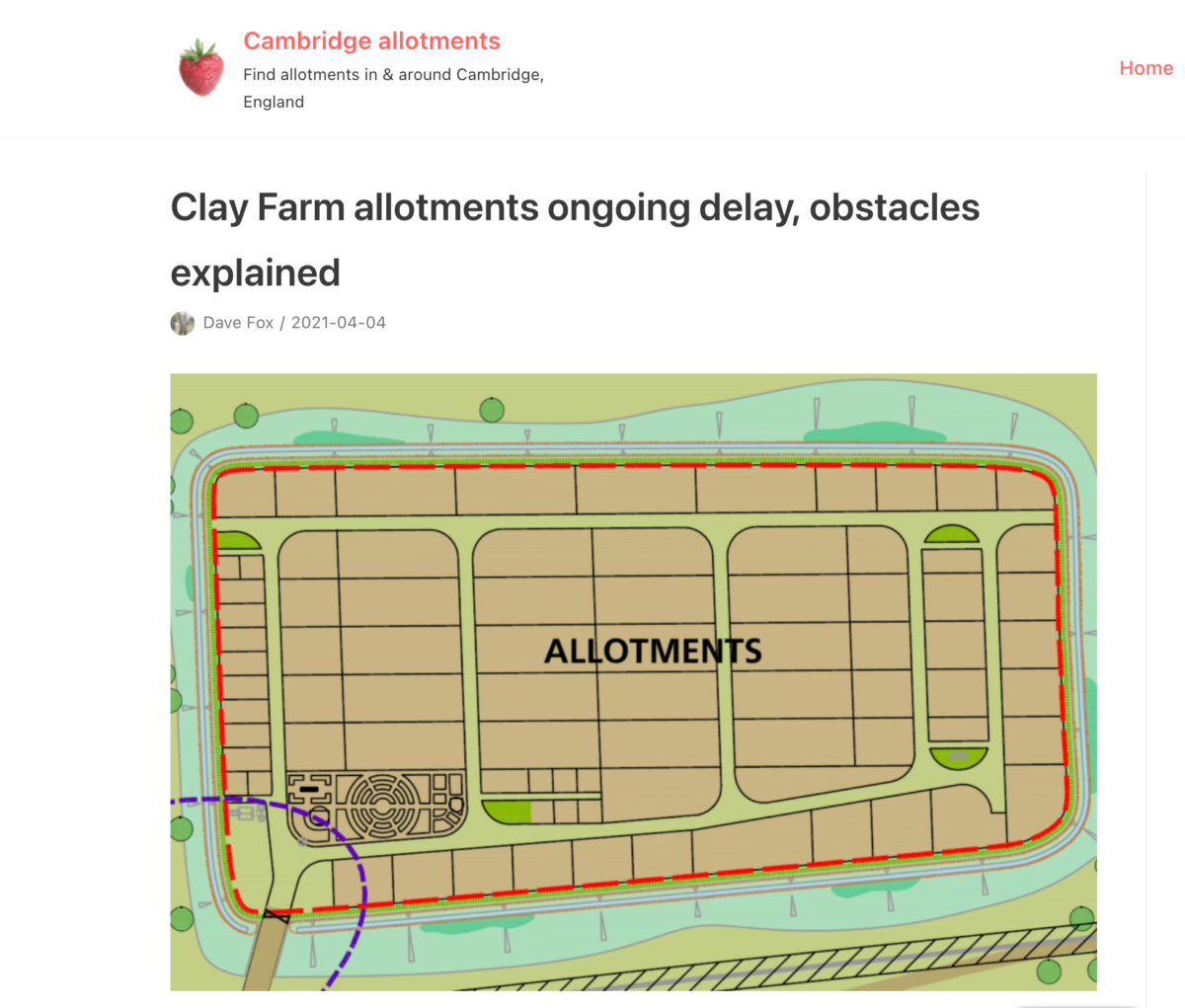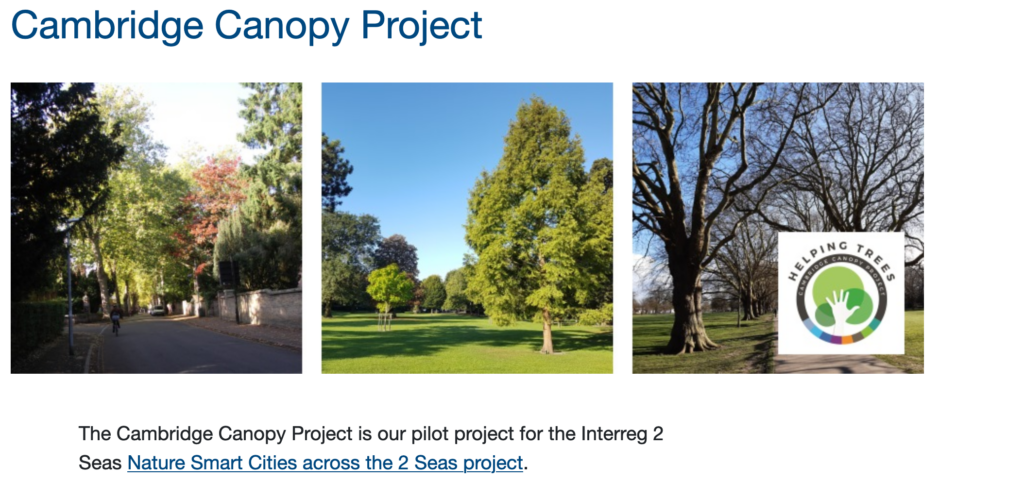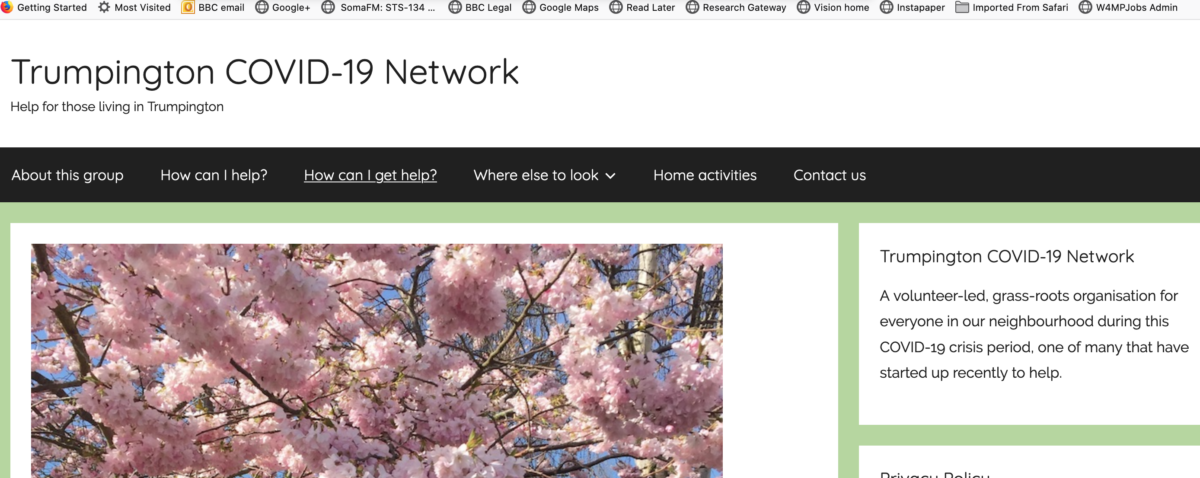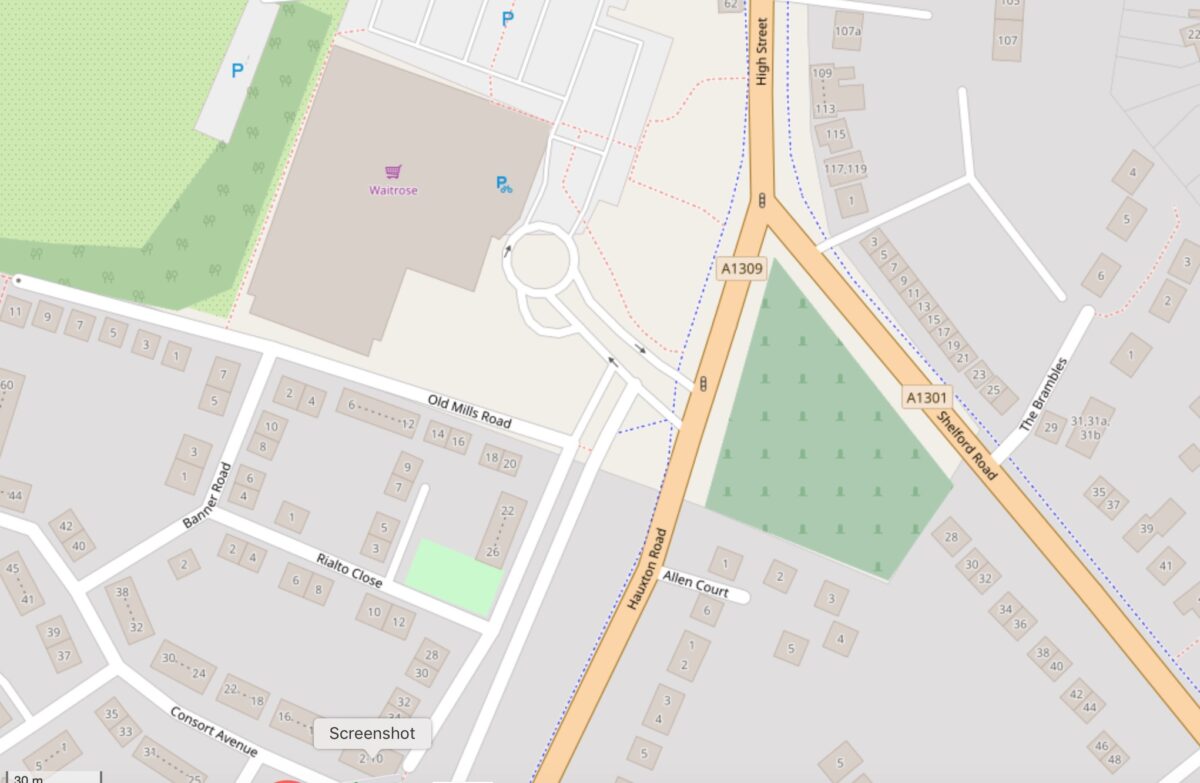If you shop at the Waitrose in South Trumpington, or pass it regularly on foot, cycle or by car, then you may have noticed how hard it can be to turn into or out of the site, and how badly positioned the traffic lights are.
The issue of safety at the junction was first brought to my attention during my campaigning in 2017 and 2018, when I heard from several families with small children about their concerns. It’s not just that the road is inherently unsafe as cars approaching from the south can always turn into the junction, but it’s also impossible to teach young children to cross the roads safely as there is no safe way to cross here.
There are often queues building up to get into the carpark, and then a rush to drive over during the short period when the cars have the right to cross. And the visibility for cars turning in when coming from the M11 junction can be an issue if not kept under control.
When the junction was built, long before the thousands of homes in Trumpington Meadows and the new junior school, it was a minor inconvenience as it was only really used by people walking to Monsanto or cyclists heading south.
However, it is now part of a major thoroughfare.
There are many families who live in old Trumpington who cross twice a day to go to the Trumpington Meadows Primary School.
People who live in Trumpington Meadows use this route to go to the Clay Farm Centre, and the recreation ground.
Then there are visitors who go to the successful Country Park or want to walk over to Byron’s Pool Local Nature reserve.
And of course, the Harston – Trumpington cycleway also uses this route.
With so many more people using the junction, it has become a real concern, and not just because of the way cars turn into the site. Last week I heard a really worrying story from a local resident about a father and son who were heading south and waiting to cross.
A bus was pulling out but did not have enough time or space to leave the site, so ended up blocking the pedestrian route over the junction. The family crossed in front of the bus, with the father leading the way. The lights went green and the bus pulled forward without the driver noticing that the young son had not reached the safety of the crossing island.
As a result, the boy was trapped between the railings and the departing bus, and ended up bruised, and in shock. It could have been so much worse.
It’s clear that as well as some traffic control we need a safe crossing for pedestrians and cyclists before someone is seriously hurt. Having worked closely with local residents to support the campaign to put safety measures in place along the guided busway, I hope we can pull together similar support here.
